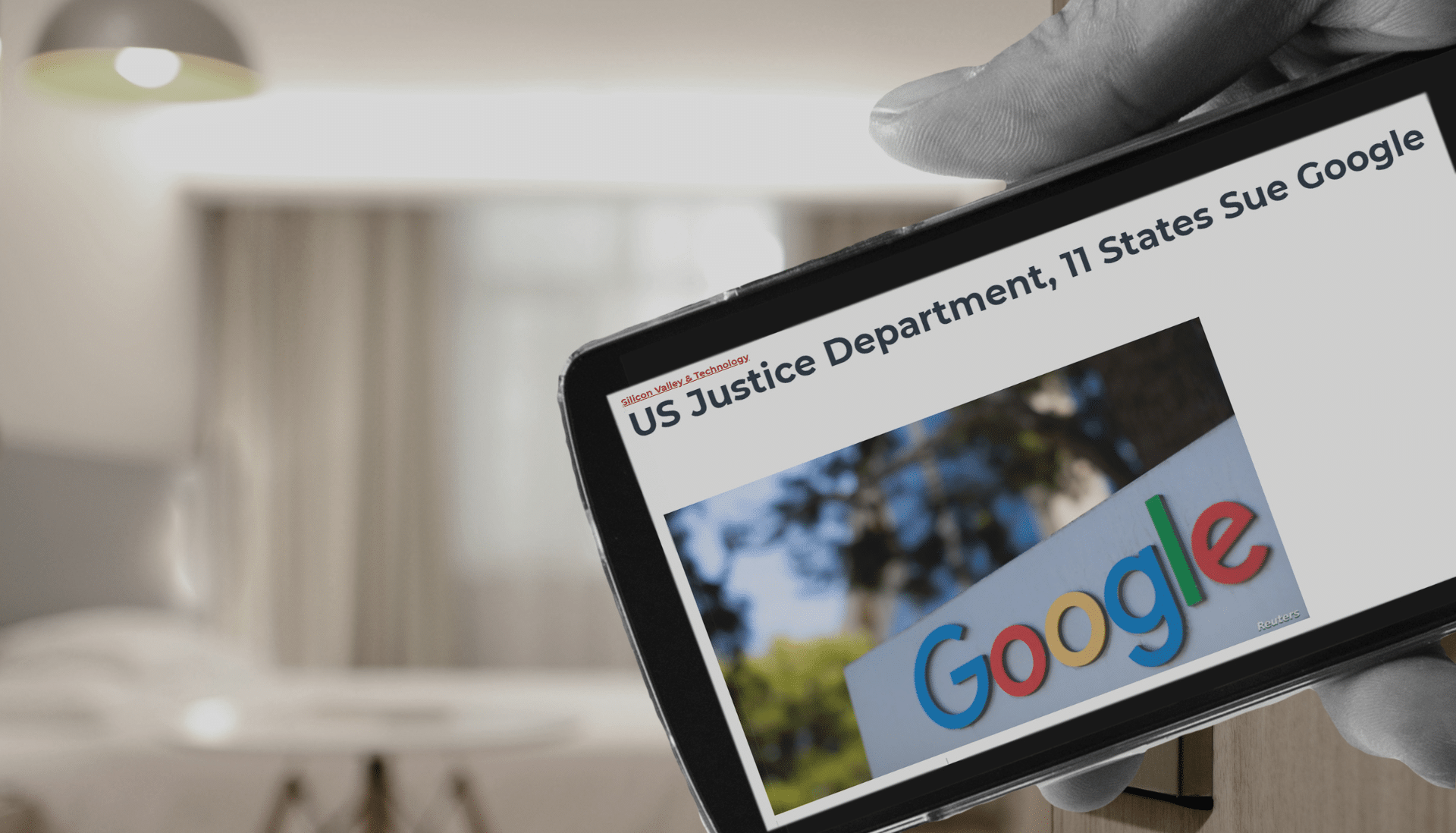Google is on trial for allegedly abusing its dominance of the $200 billion digital advertising industry.
The U.S. Department of Justice claimed that through acquisitions and anticompetitive conduct, Google seized sustained control of the full advertising technology (“adtech”) stack: the tools advertisers and publishers use to buy and sell ads, and the exchange that connects them.
In response, Google denied the claims stating several ad companies compete in the space, a mixture of tools are used so they don’t get the full fees, their fees are lower than industry average and small businesses will suffer the most if they lose this case.
The outcome of the landmark case could bring significant changes to Google and publishers. However, experts argue that could seriously hurt advertisers as well.
It’s equally possible the trial will result in no changes and Google will be free to continue operating as it wants.
Day 1: Accusations and badgering of witnesses (Sept. 9)
DOJ laid out their accusations as follows:
- Google controls the advertiser ad network.
- Google dominates the publisher ad server.
- Google runs the ad exchange connecting the two.
Google’s defense:
- Disputed the definition of open-web display ads.
- Argued the DOJ’s market definition is “gerrymandered” – the DOJ are manipulating the boundaries of their definition to make Google out to be the bad guy.
- Presented a chart showing competitors like Microsoft, Amazon, Meta, and TikTok.
Bottom line. This trial could determine whether Google’s control over digital advertising constitutes an illegal monopoly, potentially affecting how information is disseminated online.
What’s next. The trial is expected to last several weeks. If the DOJ wins, Google could face up to $100 billion in advertiser lawsuits, according to Bernstein analysts.
Deep dive. Read our Google antitrust trial guide for a breakdown of everything you need to know from the first trial last year.
This article will be regularly updated with the latest developments from this landmark trial.








